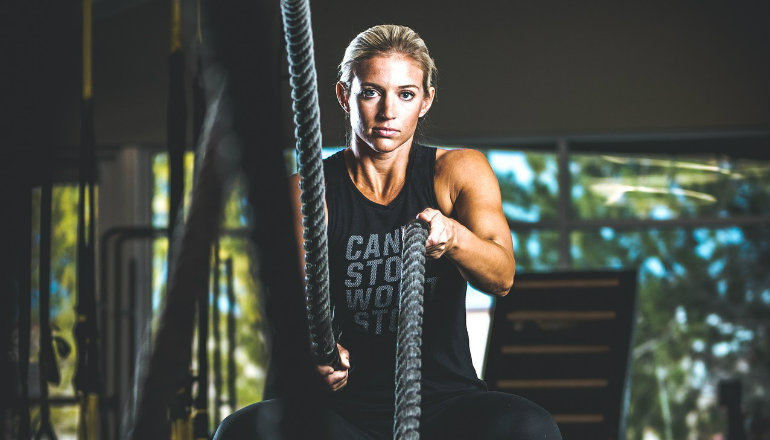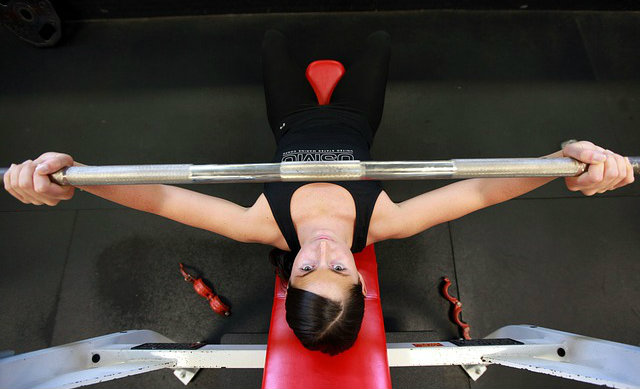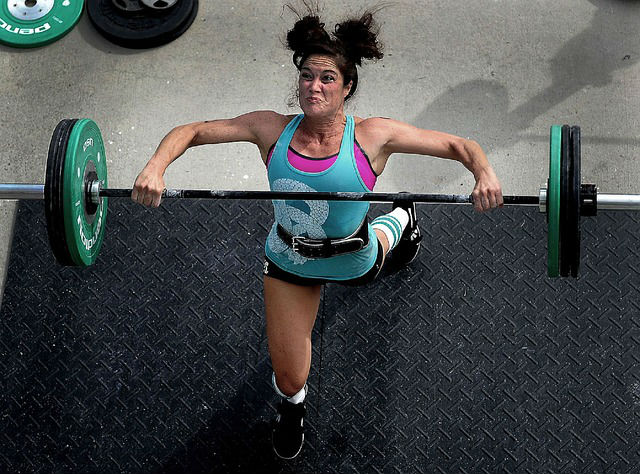 Reading Time: 6 minutes
Reading Time: 6 minutesWhat I am going to tell you is going to send the fitness world into a frenzy. I’m sure this one statement will put a bounty on my head and I will be blacklisted from any and every gym and corporate meeting from coast to coast.
But, my priority is you and it’s time you hear the truth. Are you sitting down? Here it is:
Every methodology, every lifting program, every cardio approach, and every exercise routine works.
Business is business, I get it. If I was a gym owner, a workshop guru, or the creator of a specialized system, I would probably take the same approach of most of the existing fitness pushers who make a living on client acquisition and retention. I would tell you why my approach is the only one that is truly effective, and I would tell you why everyone else is wrong. I might tell you why I would never go with company X, and why you would be crazy to train with company Z.
Luckily for us, I have no financial motivation to push or pitch a specific product. My world is very different from others in the fitness industry, as I work with college athletes in an established setting and I am tasked with producing consistent and actual results. So what you get from me is the cold hard truth:
The only thing that matters — the only thing — when it comes to choosing your fitness approach is that you love what you are doing.
So, yes, every program works. But the degree to which any or all of them work is completely up to you. What I’m going to do for you today is outline some of the most easily adapted variables so you can feel confident that your choice of fitness will have the biggest payoff.
Here are my “big four” principles for training success and having fun at the same time.
Principle 1: Consistency
Perhaps the largest predictor of fitness success revolves around your dedication to being consistent. Without this turning into some kind of dissertation, the idea we need to get our minds wrapped around is that the body needs a continual stimulus to create change or adaptation.
Download our free e-book for 11 stretches everyone who sits at a desk should be doing!
Fat loss, muscle gain, strength gain, cardiovascular fitness, you name it — they’re all dependent on consistency. If I want to create measurable change in any fitness variable, I need to expose my body to a very specific stimulus over and over for that change to occur.
No matter what your goals are, here are some general rules of thumb to follow when it comes to the number of times you workout or train each week:
- One day a week will do nothing but repeat the cycle of getting sore, then taking a step back.
- Two days a week will reduce the soreness, but will lead to nearly no discernible changes in fitness.
- Three days a week tends to be the tipping point where your training begins to show reasonable payoffs.
- Four days a week is usually the sweet spot. You will get continual payoff from your investment and create dramatic change in your body.
- Five days a week begins to introduce the idea of overkill. Yes, this level of dedication is admirable, and you will see dramatic change, but you must watch for overtraining after some time.
- Six days a week is typically too much for the average Jane or Joe. Overtraining will likely appear after a short time and you will see injuries popping up from overuse.
- Seven days a week, the “no days off” approach (yes, this exists), is a great way to get hurt. The cumulative effect of fatigue will become insurmountable and the only thing I can guarantee with this approach is eventual and complete burnout.
My recommendation for consistency is to stay in the zone of three to five training days a week and on your off days, be truly “off.” Recovery is critical for continued progress.
Principle 2: Intensity
There are two great things about intensity. First, you are in complete control of your intensity at all times. Think of intensity as your “effort” level. Second, if you don’t know how hard you should be going for given routine, you can find out in moments with a Google search.
Look up CrossFit, kettlebell training, Zumba, spin classes, etc. and you’ll find they all have predetermined levels of intensity prescribed alongside exercises, sets, reps and pace. So the only thing you need to do is to adhere to that prescribed intensity. It’s actually very easy.
One of the biggest fitness mistakes I see with nearly everyone is the alteration of intensity to create comfort. The success of most exercise routines is dependent on a very specific formula. An example of this is outlined in an article I wrote on my favorite cardio routine. The intensity piece is the foundation of the programming. Yet, when I give this program to people, they often take liberties on how hard they actually work, and, go figure, they don’t see results.
Stick with what is prescribed. If you are doing long duration, moderate aerobic work on an elliptical that asks for a heart rate of 130-150 bpm, don’t change the prescription. If you are doing a CrossFit WOD and they want to you to do 3 sets of 3 repetitions at 82% of your one-rep maximum, do exactly that. Intensity is a vital for success and if you find yourself having poor results in your program, look here first.
Principle 3: Technique
This one is a little more involved than the other two, but the payoff is immense. If you are doing a specific routine, especially if it involves weight training, spend the money on a couple of personal training sessions with someone who is certified and have your techniques evaluated. Most training programs assume your technique is spot on. The upside of this is that you can nearly guarantee success if your techniques are dialed.
Technique is also the mother to staying healthy. The fastest way to get injured is to do some big dynamic weightlifting exercise with poor form. If consistency is a critical principle, the easiest way to sabotage this principle is to get hurt. So, take the time and make sure your movement is clean.
Principle 4: Does It Make You Happy?
This one is a no-brainer. The easiest way to see the biggest results is to do something that makes you happy. The easiest way to have an epic fail is to try to do something that you dread, that makes you miserable, or that is not sustainable.
Truthfully, all of us coaches and trainers who genuinely care about you simply want you to move. That’s all. My mentor used to say, “There’s a thousand ways to skin a cat — just skin it.” I know, a little unpleasant, but the moral shines through.
Do you love to run? Do you dream about your next lifting session? Is the happiest place on earth anywhere that you are sitting on your bike? Do you want to try CrossFit? Does the Shake Weight seem like something you could get into? Try it! Seriously! Give it all a go. These routines, those exercises, and that fitness system all work.
Yes, even the ShakeWeight.
And, on top of that, you now have my permission to blow off anyone who tries to tell you that you shouldn’t do this or that. Don’t listen to them. Tell them, “Coach Holder said this was exactly what I need.” What do they know, really? I know what they don’t know. They don’t know how you feel, what motivates you, or what gets you out of bed in the morning. So, go get it.







